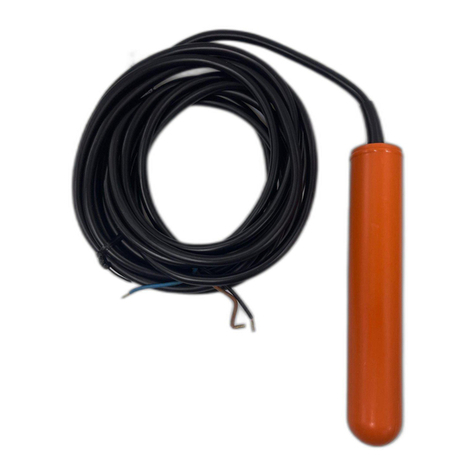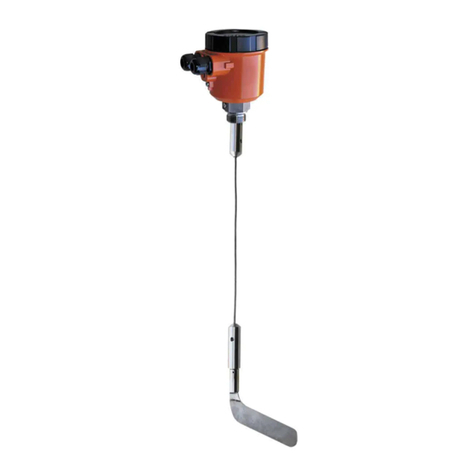Kobold NE-104 User manual
Other Kobold Switch manuals
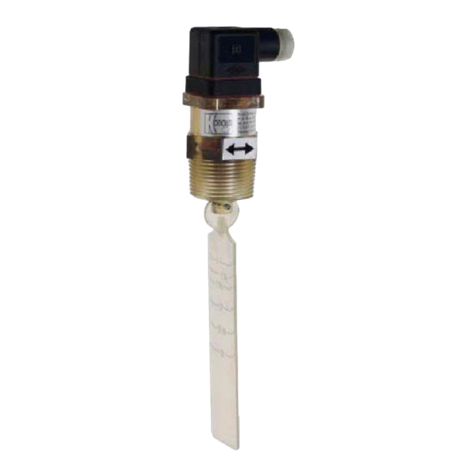
Kobold
Kobold PPS User manual
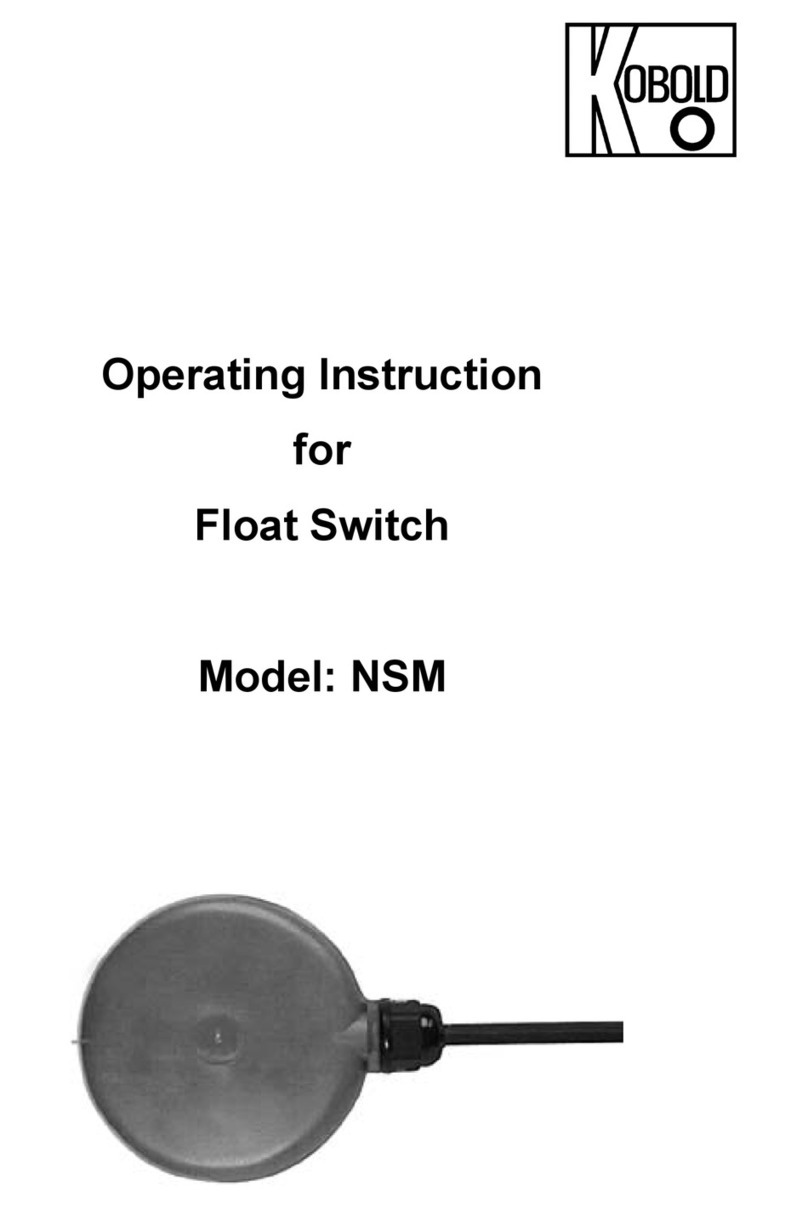
Kobold
Kobold NSM User manual
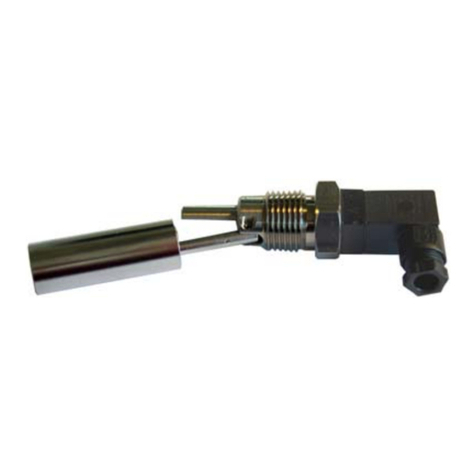
Kobold
Kobold RFS User manual
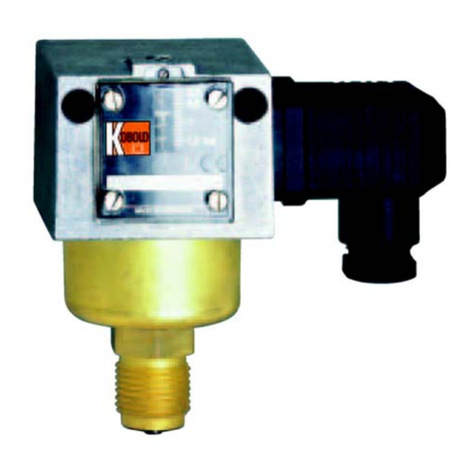
Kobold
Kobold SCH User manual

Kobold
Kobold RFS User manual

Kobold
Kobold KAL-L User manual
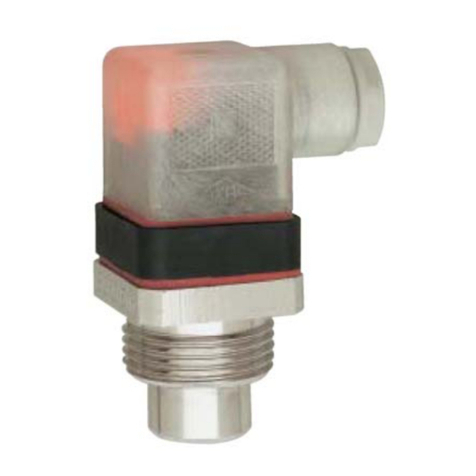
Kobold
Kobold TWR User manual
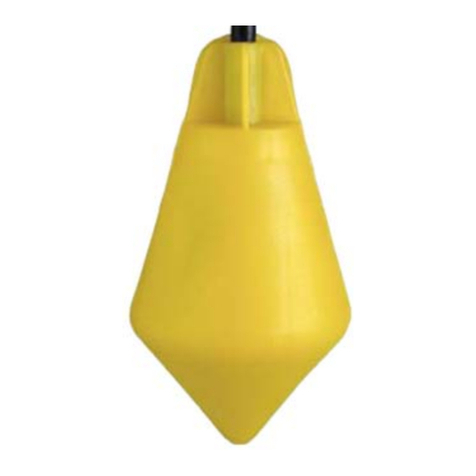
Kobold
Kobold NAB User manual
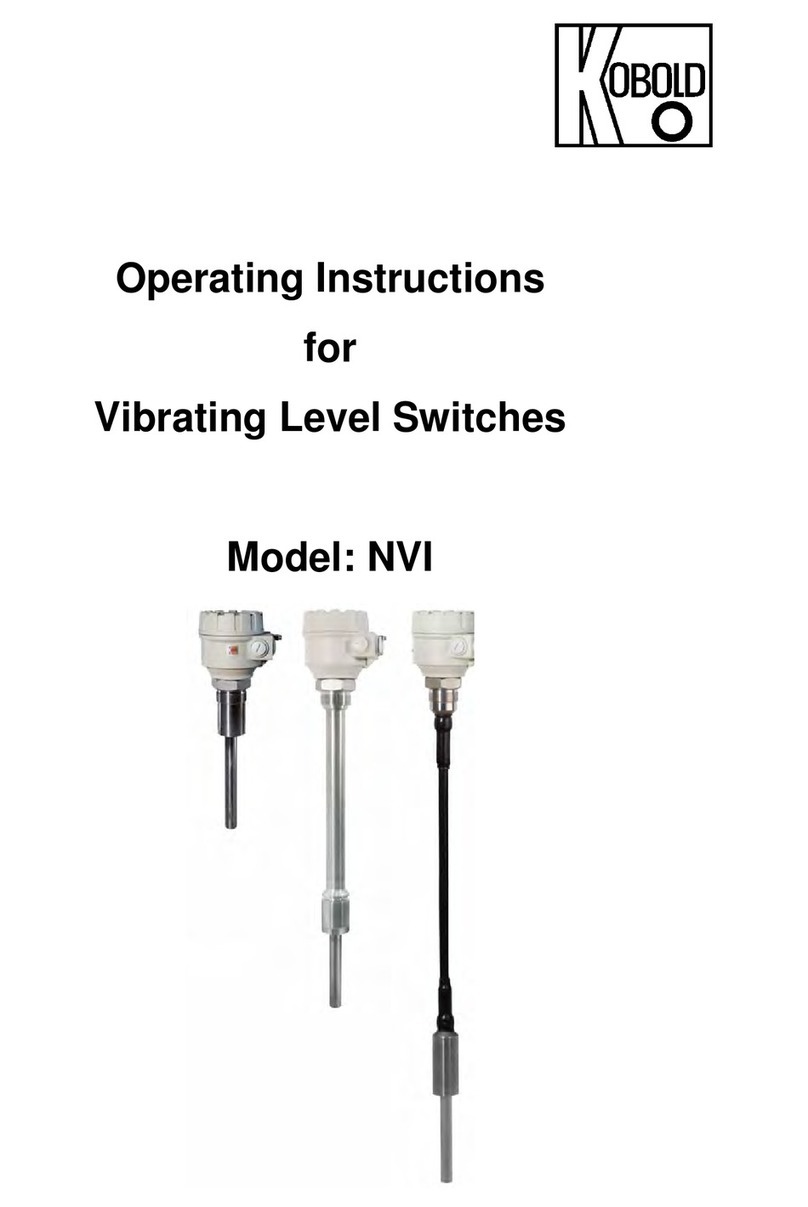
Kobold
Kobold NVI User manual

Kobold
Kobold NWS-5225 Installation instructions
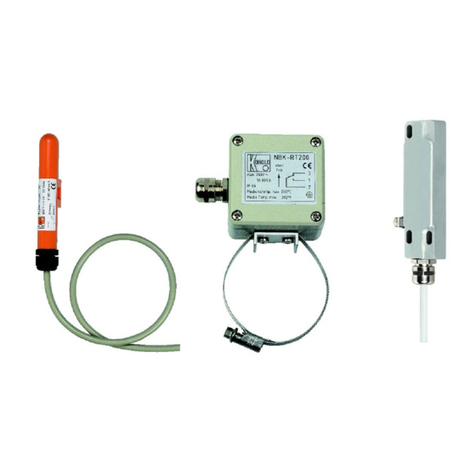
Kobold
Kobold NBK-R series User manual
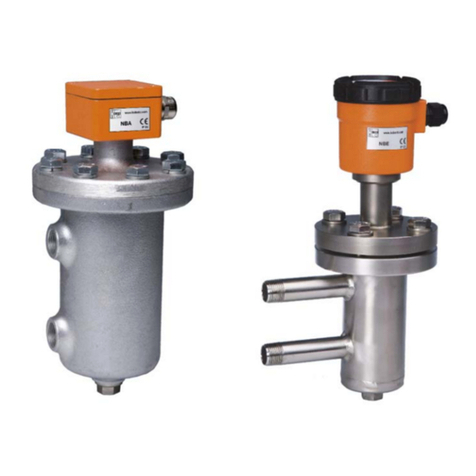
Kobold
Kobold NBA-2 User manual
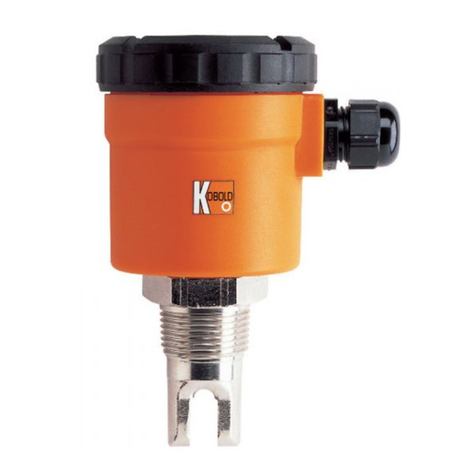
Kobold
Kobold NQ series Installation instructions

Kobold
Kobold NAS User manual
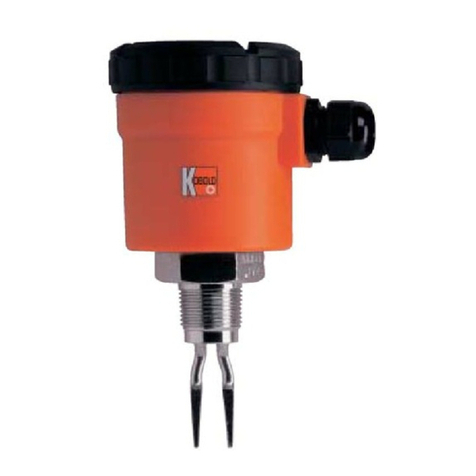
Kobold
Kobold NWS User manual
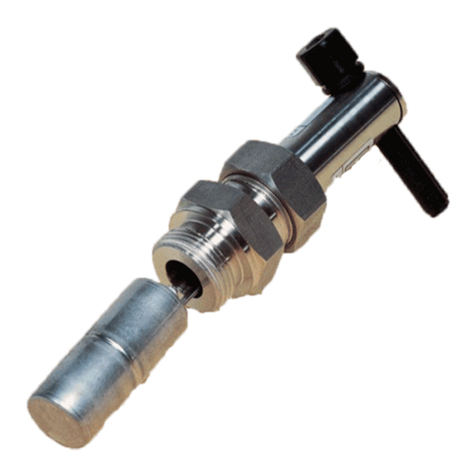
Kobold
Kobold NV Series User manual
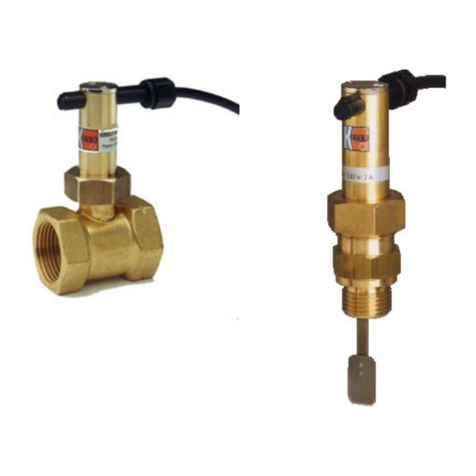
Kobold
Kobold PSR User manual
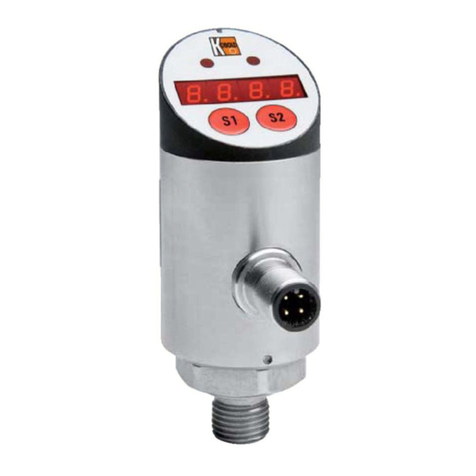
Kobold
Kobold PSC series User manual

Kobold
Kobold NEK Series User manual
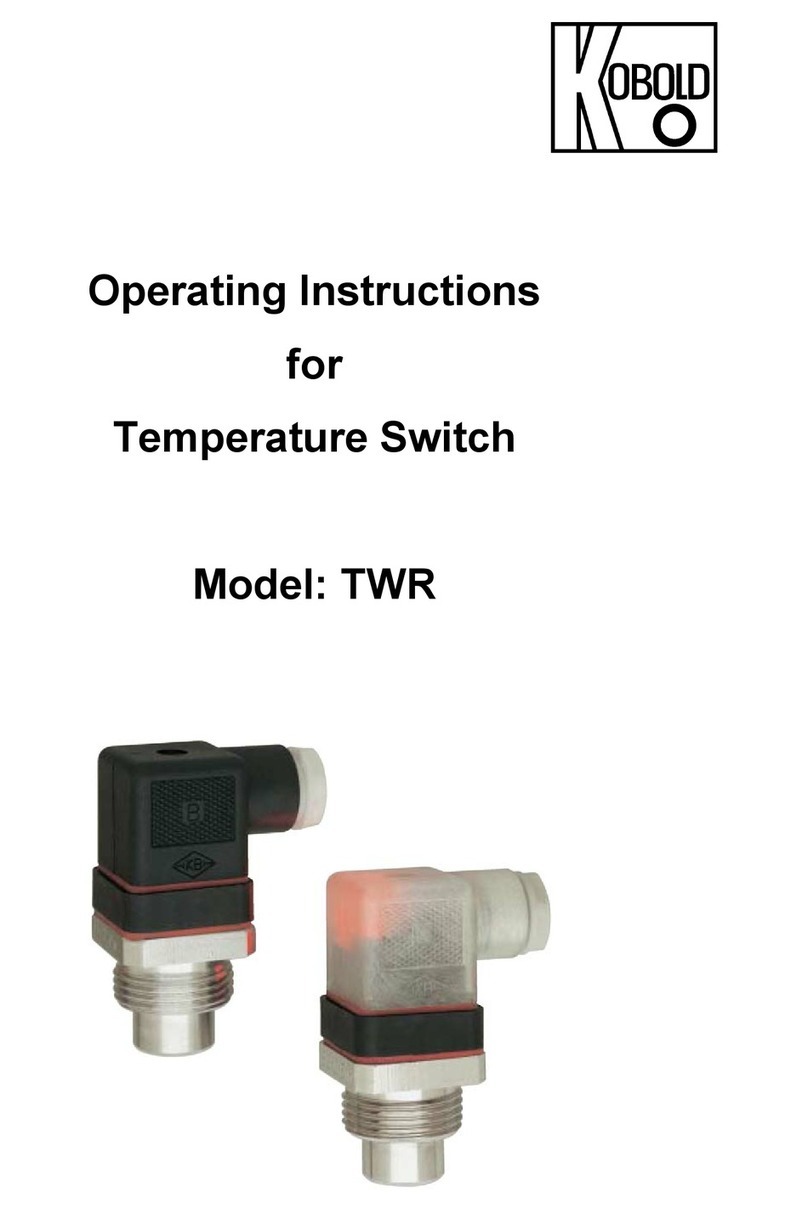
Kobold
Kobold TWR-1 Series User manual
Popular Switch manuals by other brands

SMC Networks
SMC Networks SMC6224M Technical specifications

Aeotec
Aeotec ZWA003-S operating manual

TRENDnet
TRENDnet TK-209i Quick installation guide

Planet
Planet FGSW-2022VHP user manual

Avocent
Avocent AutoView 2000 AV2000BC AV2000BC Installer/user guide

Moxa Technologies
Moxa Technologies PT-7728 Series user manual

Intos Electronic
Intos Electronic inLine 35392I operating instructions

Cisco
Cisco Catalyst 3560-X-24T Technical specifications

Asante
Asante IntraCore IC3648 Specifications

Siemens
Siemens SIRIUS 3SE7310-1AE Series Original operating instructions

Edge-Core
Edge-Core DCS520 quick start guide

RGBLE
RGBLE S00203 user manual
